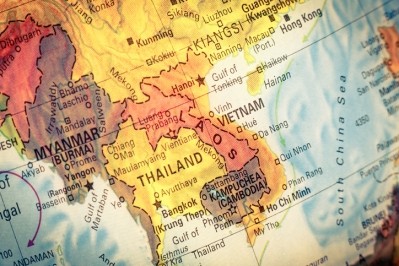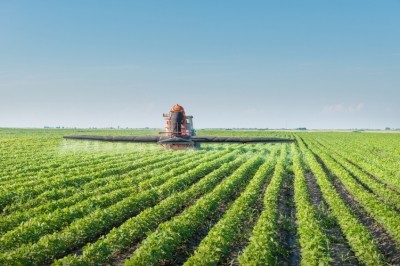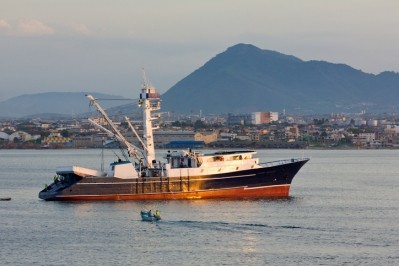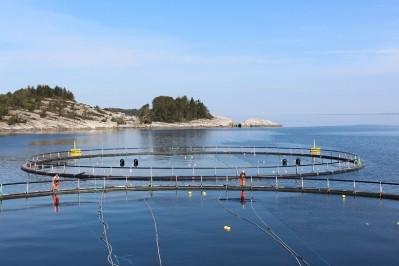IFFO says it wants to communicate 'positive' stories to consumers
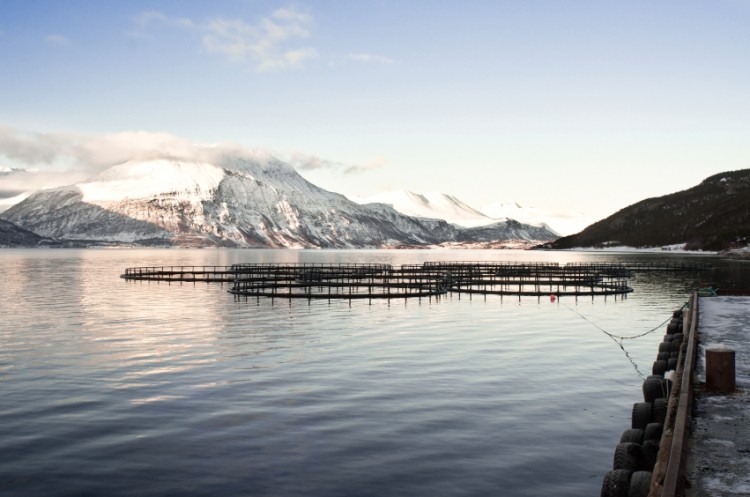
The final day of the international marine ingredient organization (IFFO) event saw speakers offer thoughts on production and individual markets for the feed ingredients, while others focused on the innovation their companies were doing to address production beyond the use of fish generated meal and oil.
From IFFO’s perspective, it is looking to tell the industry’s story all the way through the value chain to producers, said Andrew Mallison, director general of IFFO in his concluding remarks.
“There are lots of growth opportunities,” he said.
He noted forecasts for the aquaculture industry indicate positive growth going forwards: "That is a fantastic opportunity for us to exploit – the landscape around us is going to get a bit more crowded, but the rising tide floats all boats.”
However, the industry needs to learn to make use of that, he said. “The single greatest challenge we have is how to communicate those [positive stories] through the value chain down to the consumer level,” he added.
“We’ve got to do some housekeeping to make sure we have good stories, not only to make sure there are no nightmares waiting for us, but that we’ve got good stories,” he said. “We need to do more work on communication positioning.”
Global fish oil trade
In the broad discussion of trends in production and use of fishmeal and oil, consumption has remained more steady then production, said Christian Meinich, partner at Chr. Holtermann ANS during his presentation on the global fish oil trade. The over-arching trend carries through several areas including use of the ingredients.
The stocks for next year depend on fishing results which, if they follow expectation, would bring amounts back to a more comfortable level than previous years, he said.
But if the trends seen in recent years repeat, then amounts would, evidently, be lower, he said.
The overall supply of EPA and DHA mirrors what has been seen with the production of fish oil, said Meinich. Production has lagged consumption in the last four years.
There also are several companies working on alternative ingredients, but most of those products are not in commercial production at this time, he said. “Maybe in two, three years’ time, they might be at a bigger scale [in terms of feed inclusion levels], but not yet,” he added of the alternative feed ingredients.
Skretting’s forward look
Skretting challenged industry members to embrace innovation to meet the growing needs of aquaculture producers.
“Feeding the future – that’s our mission,” said Marta Rojo, purchasing manager for Skretting, in her talk. “It’s a lot more than just a few words. We take this very passionately.”
The effort is not one that Skettering can do alone, it will take the industry working together to provide for the predicted 9bn people on the planet in 2050, she said.
As aquaculture production outpaces the amount of fish introduced to the market from wild catch, there will need to be an ever increasing amount of feed generated, she said. That need for more feed, and greater amounts of fishmeal and oil in aquaculture present a bit of a ‘dilemma.’
That detail sparked increased interest in innovation and alternative products, she said. It is not because fish feed producers want to stop using fishmeal and fish oil, but because there is an understanding that the amount on offer is finite while the amount of feed generated expands.
“We’re mindful of the potential bottlenecks and we want to be prepared,” said Rojo. That was the idea behind the creation of its 'infinity' feed – which uses no fishmeal or fish oil and is set to be available globally in 2019.
Market snapshots: Peru, Japan and Chile
There are several positive elements for fishmeal markets coming out of Peru, said James Frank, director with MSICeres, in an overview of what the market has been doing. He said 2017 is showing recovery from a period of several bad years.
Peru's export market has grown 97% when comparing the period of January to August 2016 to the same period in 2017.
Exports to Australia are stable, while exports to several other markets are up including to the Americas, China and Vietnam, he said. They have all but vanished for Africa and the Middle East and they have dropped to the EU.
“2017 will go down as the lowest volume of exports to Europe,” he said. The industry has to make a change in use of antioxidants to BHT or it will never regain any market in Europe, he added.
Another reason that Peru has lost market space in the EU is that the demand side has dropped, said Jon Tarlebo, managing director of Nordsilmel, in a talk highlighting the European fishmeal trade.
Producers in Europe are looking for other markets for their product and lowering prices to be more competitive.
“European producers will defend our market even though it’s not that big,” he said. “Yes we will go into the main market, which is China, but we’ll never be a big supplier.”
However, there may be an expansion of use of fishmeal by the salmon industry, said Tarlebo. As disease challenges in fish production, like sea lice, continue there are starting to be questions asked about what role feed could play in helping animals survive.
Some strains of sea lice appear to be less sensitive to medicated treatments and producers are turning toward mechanical methods of removing the parasites, he said. That process can mean handling the fish and causing stress, but it appears that increasing the amount of fishmeal and oil in the diet may be producing a more robust fish – or one better able to manage stress.
Japan has been looking at reductions in the amount of fish-related ingredients used with negative growth in areas other than tuna farming, said Tomonori Sugiyama, assistant manager in the grain and feedstuff department at Kanematsu Corporation. The country has turned toward importing more ingredients from Asian countries and reduced the amounts being used in blended feeds.
Individual consumption of fish in the population has dropped in recent years, he said. And interest in sustainability and certifications is increasing.
Producers in Chile are seeing more emphasis being placed on certification and regulation for sourcing said Sylvia Alonso, commercial director with Andes Connections SpA.
The pelagic catch and quota is having better results than 2016 and the expectation is for a strong end to the year, she said. The estimation for 2018 is a positive catch with good biomass and potentially an increase in quota.
Similarly, the salmon industry is growing, she said. Feed production is expanding and the production of salmon meal and salmon oil is recovering.
FAO and sustainable production
Aquaculture has an increasing part to play in addressing the needs of the growing world population, said Stefani Vannuccini, senior fishery officer with the FAO, in her presentation. However, that growth has to be done in a sustainable manner.
Aquaculture is expected to account for an increasing amount of the human consumption of fish across most continents, she said. However, it is important that the increase in production is done in a sustainable manner.
“The development that meets the needs of the present without compromising the ability of future generations to meet their own needs – this is really important,” she said.
